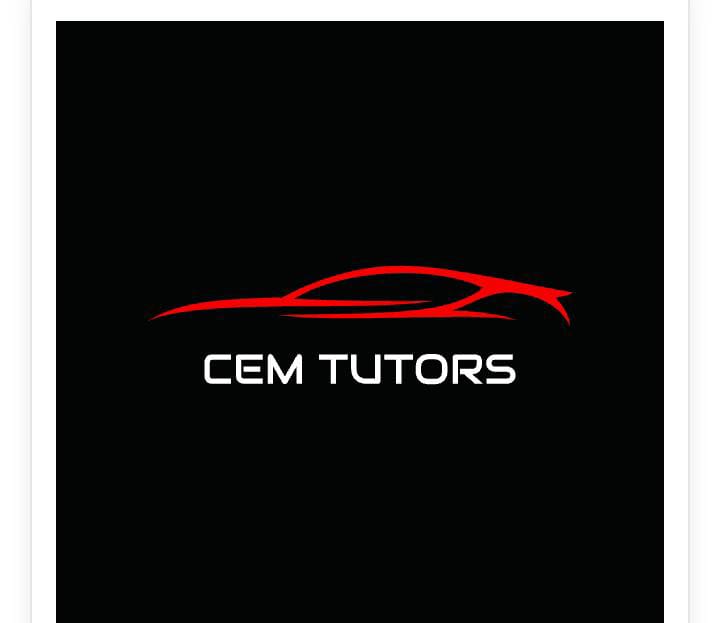five highly challenging organic chemistry questions along with detailed step-by-step solutions
### Question 1:
**Problem:** Propose a synthesis for 4-phenylbut-3-en-2-one using only acetylene as the carbon source and any necessary reagents. Provide a detailed reaction sequence and mechanisms.
**Solution:**
1. **Synthesis of Phenylacetylene from Acetylene:**
- Reaction: Acetylene (C₂H₂) + Phenyl Grignard Reagent (C₆H₅MgBr) → Phenylacetylene
- Mechanism: Phenyl Grignard attacks acetylene to form an alkyne.
2. **Hydroboration-Oxidation of Phenylacetylene:**
- Reaction: Phenylacetylene + BH₃·THF → Intermediate + H₂O₂, NaOH → 4-Phenylbut-3-en-2-ol
- Mechanism: BH₃ adds to the alkyne, followed by oxidation to form the alcohol.
3. **Oxidation of Alcohol to Ketone:**
- Reaction: 4-Phenylbut-3-en-2-ol + PCC → 4-Phenylbut-3-en-2-one
- Mechanism: PCC oxidizes the alcohol to the ketone.
### Question 2:
**Problem:** Design a synthesis for the molecule shown below starting from propene as the primary starting material. Provide a detailed reaction sequence with mechanisms.
Molecule: 
**Solution:**
1. **Synthesis of 3-Chloropropene from Propene:**
- Reaction: Propene (CH₂=CHCH₃) + Cl₂ + H₂O → 3-Chloropropene (CH₂=CHCH₂Cl)
- Mechanism: Propene undergoes electrophilic addition with Cl₂ to form the chloropropene.
2. **Conversion of 3-Chloropropene to Acrolein:**
- Reaction: 3-Chloropropene + Ag₂O → Acrolein (CH₂=CHCHO)
- Mechanism: Ag₂O removes the chlorine atom via elimination, forming acrolein.
### Question 3:
**Problem:** Outline a synthesis to obtain trans-1,2-dibromocyclopentane starting from cyclopentene as the starting material. Include mechanisms.
**Solution:**
1. **Bromination of Cyclopentene:**
- Reaction: Cyclopentene + Br₂ → 1,2-Dibromocyclopentane (mainly cis-isomer)
- Mechanism: Bromine adds to the double bond of cyclopentene to form mainly the cis-isomer due to steric factors.
2. **Isomerization to Trans-1,2-Dibromocyclopentane:**
- Reaction: 1,2-Dibromocyclopentane (mainly cis-isomer) + NaOH, H₂O → Trans-1,2-Dibromocyclopentane
- Mechanism: Treatment with NaOH and water leads to the isomerization of the cis-isomer to the trans-isomer.
### Question 4:
**Problem:** Devise a synthetic route to obtain 2,3-dimethylbut-1-ene starting from 2,3-dimethylbutane as the sole carbon source. Provide detailed reactions and mechanisms.
**Solution:**
1. **Dehydrohalogenation of 2,3-Dimethylbutane:**
- Reaction: 2,3-Dimethylbutane + HBr → 2,3-Dimethylbut-2-ene
- Mechanism: Elimination reaction involving the removal of HBr from the alkyl halide.
2. **Isomerization of 2,3-Dimethylbut-2-ene:**
- Reaction: 2,3-Dimethylbut-2-ene → 2,3-Dimethylbut-1-ene
- Mechanism: Thermal isomerization of the double bond position within the same molecule.
### Question 5:
**Problem:** Design a synthetic route to obtain ethyl acetate (CH₃COOC₂H₅) starting from ethanol and acetic acid. Include mechanisms and reagents.
**Solution:**
1. **Esterification of Ethanol and Acetic Acid:**
- Reaction: Ethanol (CH₃CH₂OH) + Acetic Acid (CH₃COOH) + Sulfuric Acid (H₂SO₄) → Ethyl Acetate (CH₃COOC₂H₅) + Water
- Mechanism: Sulfuric acid acts as a catalyst in the Fischer esterification reaction.
These questions and solutions cover a range of complex organic chemistry topics, including synthesis, isomerization, and functional group transformations, challenging both undergraduate and graduate students in the field.






